Manufacturing maintenance tips: 5 Factors that affect maintainability
Peter Thompson, Published: March 1, 2018 - Updated: November 19, 2018 (5 min read)
You might have kept up with your New Year’s resolution to get fit – but what about your facility’s health? As we move into March we thought a little manufacturing maintenance revision was in order. What better way to kick-start the year than a maintainability health check?
Remember, “maintainability measures the ease and speed with which a system can be restored to operational status after a failure occurs”.
And it’s relatively simple to check. We list the top 5 factors that will impact maintainability of your systems, and how to get them in order.
1. Drawings
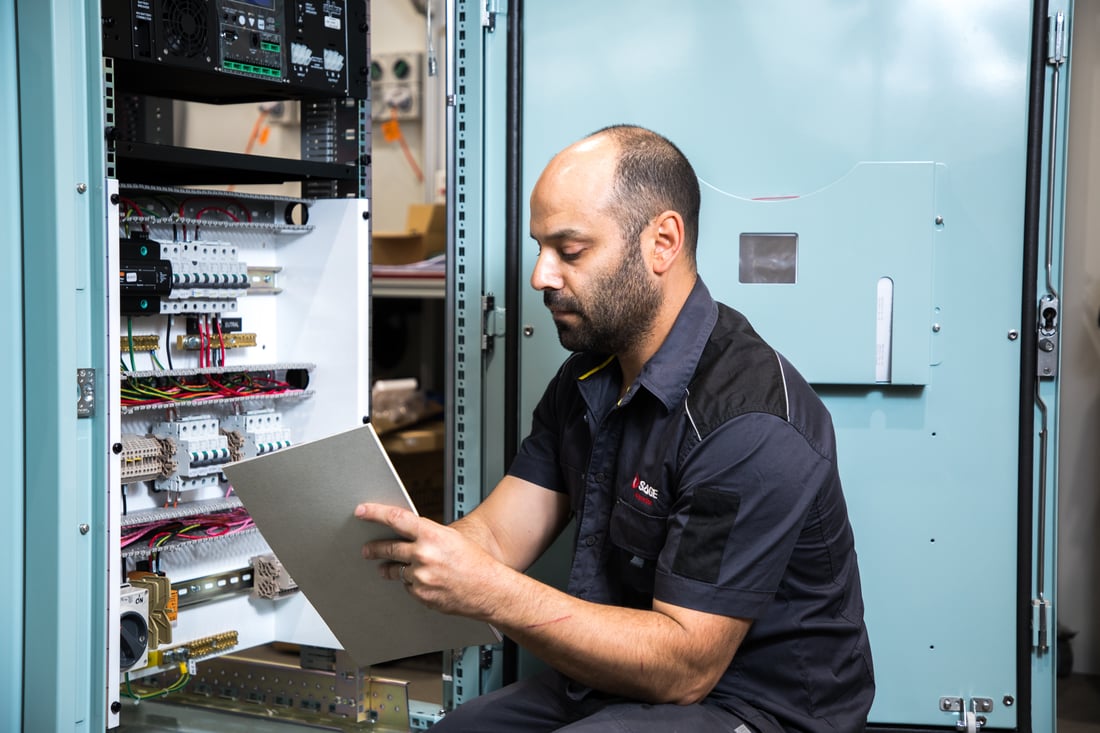
It’s imperative that a comprehensive, up-to-date set of drawings are on-hand and in good condition. Without this, downtime on your equipment can be greatly extended as maintenance and service personnel are forced to spend time tracing out circuits to find the root cause of the downtime.
Resolution: Ask the supplier to send you a new set of drawings, or get engineering and service experts to create or update them.
2. Automation programming best practice
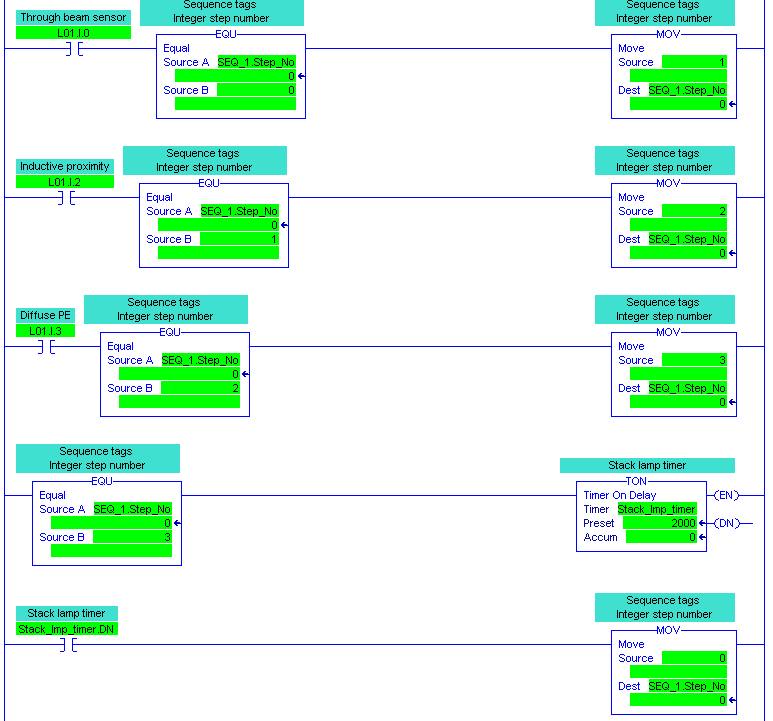
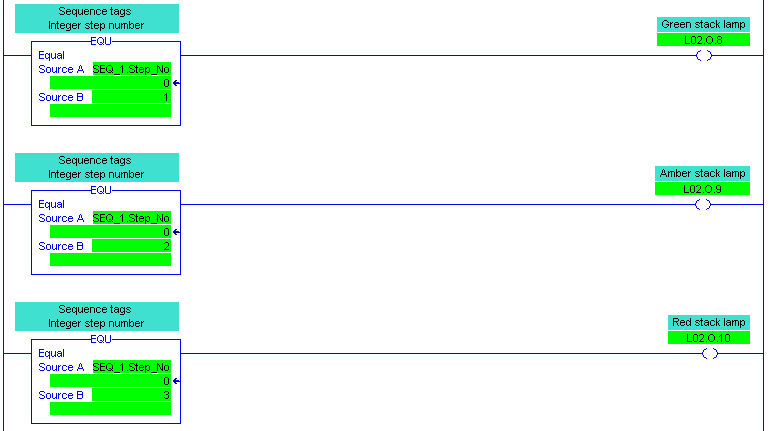

PLC code that doesn’t conform to latest best-practice greatly impacts maintainability because it becomes harder for others to fault-find using the code. Poor programming will increase downtime as others take time to reverse engineer the code. Original equipment manufacturers (OEM), maintenance personnel and external engineering service providers should write programming code using best practice methods, so that other staff can understand it and greatly improve your manufacturing maintenance processes.
Resolution: Engage engineering and automation service experts to rewrite portions of your code and/or create documentation on how the sections of code work so maintenance staff can understand and resolve issues in a timely manner.
3. Staff skills and attitude
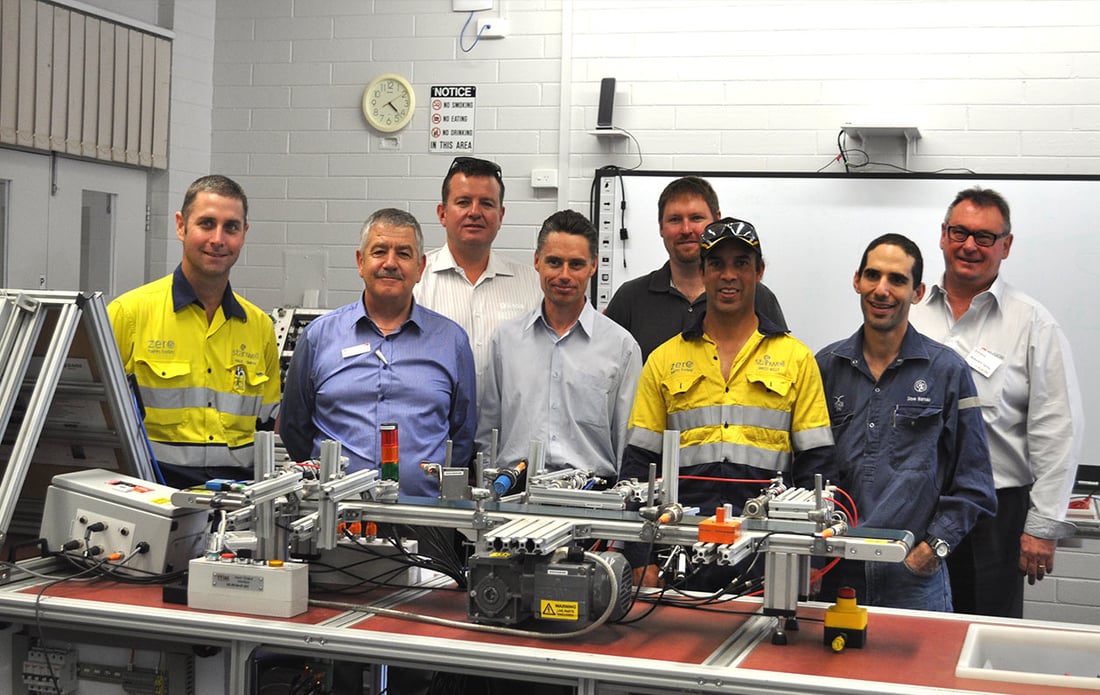
Operator error is the second-most common cause of downtime after hardware error. Some ways staff can contribute to poor maintainability include: inadequate PLC skills, operating the machinery outside its parameters, reactive versus proactive attitude, or simply not actioning alerts in a timely manner.
Resolution: Help your operators by ensuring the system is informative and not only signals failure mode but has inbuilt diagnostics for fault finding.
Then, arm them with the skills to act on this information. Provide industry-derived automation training to ensure your staff are competent in the PLC platforms and equipment used across your plant.
4. Standardisation of parts and equipment
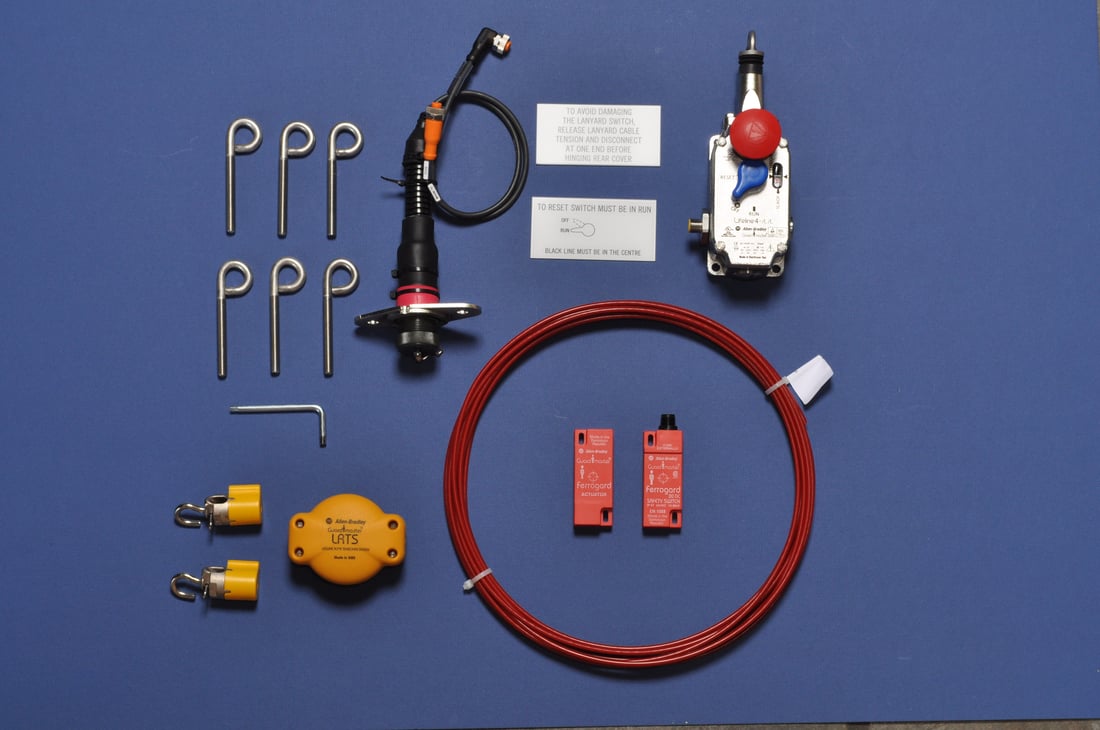
Take some time to ensure new equipment or replacement parts, are interchangeable in your plant. Create a critical spares list and check lead times on these. Long lead times can cause major disruption to production and can cost the business billions in extended downtime.
Resolution: Engage engineering and service experts to review and assess your plant and give you a comprehensive critical spares list. These should also detail what risk is incurred if certain spares are not kept locally or onsite.
5. Planned maintenance regime

Preventative maintenance that is scheduled during planned downtime is the number one factor that will prolong the life of your assets and help maintainability. Start by looking for gaps in production and performing prescribed maintenance as per the OEM. It’s also important to talk to your operators to get their insights or concerns.
Resolution: Work planned and preventative maintenance into the production schedule. If you’re already on top of this, move towards predictive maintenance to prevent problems from occurring in the first place.
In a ground-breaking example of predictive maintenance technologies, TasWater used predictive modelling with historical and live data to detect sewage blockages before they occurred – minimising damage of spillage events in its sewerage network.
It’s relatively simple to ensure you’re doing all you can to optimise equipment maintainability in your manufacturing maintenance regime. Ultimately, the basics like documentation, spares and staff training make the most impact on the equipment’s ability to respond.
We’ve developed The Manufacturer’s Breakdown Checklist to help your team assess any breakdowns or faults quickly. It will get your team thinking about what caused the breakdown and assess the need for external advice. Download the free checklist here.
SAGE Automation delivers agile, scalable and secure manufacturing maintenance solutions that don’t just solve current problems, they pre-empt and deter future ones, helping your organisation thrive. With years of experience working in defence, infrastructure, resources, utilities and manufacturing we have the expertise you need to custom-build or perform manufacturing maintenance on your equipment for maximum ROI.






